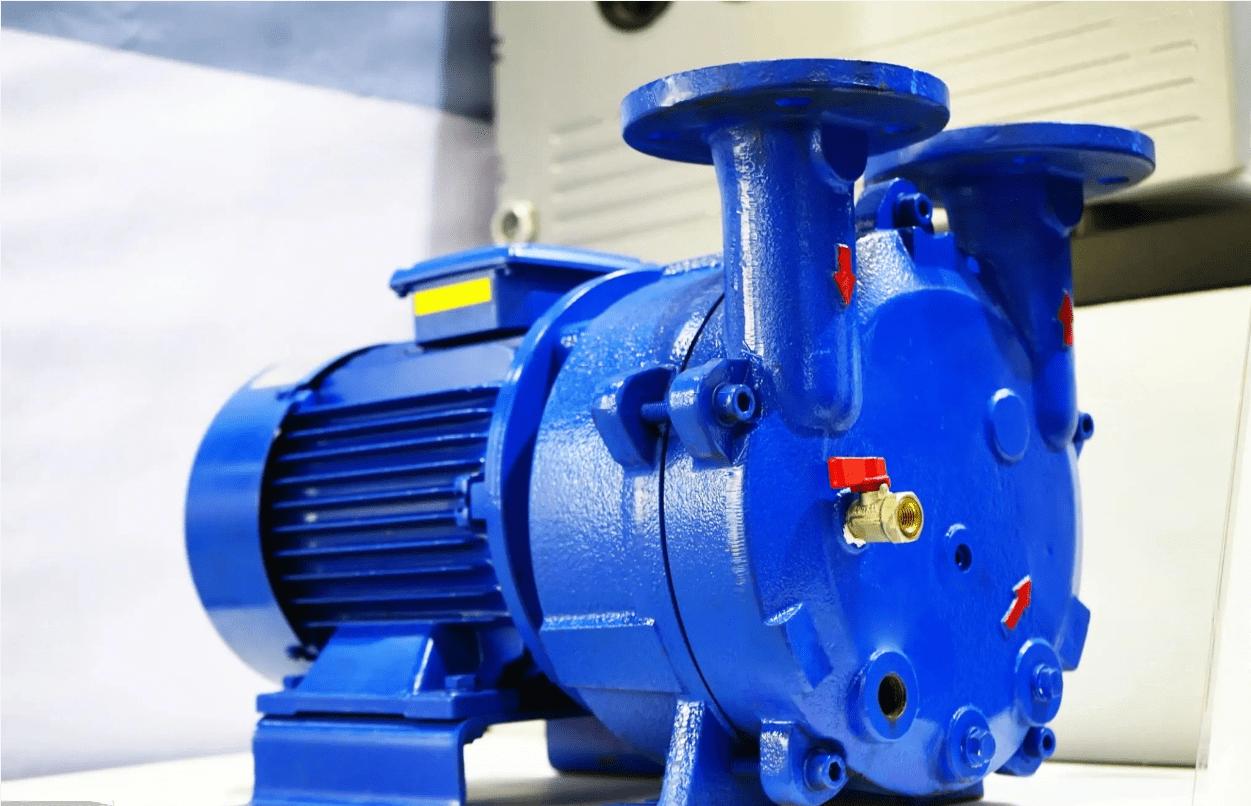what happens if a submersible pump runs dry?
Asubmersible pump is a type of water pump that is designed to be fully submerged in water. It is typically used for pumping water from wells, reservoirs, or other underground sources The pump itself is sealed in a waterproof housing, which allows it to be placed directly into the water source. It works by using an electric motor to drive an impeller, which pushes water through a discharge pipe and up to the surface Submersible pumps are commonly used in residential, agricultural, and industrial settings for water supply, irrigation, and dewatering applications
Water is essential for the proper operation of a submersible pump The water provides a cooling effect for the pump's motor, and also helps to lubricate the bearings and mechanical seals Without water, the pump's motor would overheat and quickly become damaged Additionally, the pump's impeller relies on the water to create the pressure and flow necessary to move water to the surface When there is not enough water present, the impeller can become damaged from friction and the pump can become stuck in the "on" position. In general, the pump is designed to work under water, so it is crucial for the pump to have the water to function properly, both for the cooling and lubrication of the motor and for the creation of the pressure and flow needed to move the water
Causes of a Pump Running Dry:

● Low water levels in the well or reservoir: If the water source that the submersible pump is drawing from, such as a well or reservoir, experiences a significant drop in water levels, the pump may run dry.This can be caused by a variety of factors such as drought conditions, over-pumping, or a malfunctioning well or reservoir
● Blockages in the pump or piping: Debris, sediment, or other blockages in the pump or piping can restrict or completely cut off the water flow to the pump, causing it to run dry These blockages can occur due to build-up over time, or from sudden influxes of debris or sediment
● Mechanical or electrical failure of the pump controls: The pump controls, such as the pressure switch or level sensor, are responsible for ensuring that the pump only runs when there is enough water present If these controls fail, the pump may continue to run even when the water source is depleted, causing the pump to run dry It can also happen due to a malfunction in the control system or electrical failure.
Click here : How Long CanAWell Pump Run Continuously?
Consequences of a Pump Running Dry:
● Damage to the pump's impellers and seals: Without water, the impellers of the pump can become damaged from friction, and the seals can become worn down or even fail, leading to leakage or contamination of the water source
● Overheating of the pump motor: Without water to cool it, the pump motor can quickly overheat and become damaged.This can also result in a complete failure of the motor, requiring costly repairs or replacement
● Loss of water pressure and flow: When the pump runs dry, it can no longer move water to the surface, resulting in a loss of water pressure and flow.This can have a significant impact on the operation of any systems or equipment that rely on a steady supply of water
● Potential for a pump to become stuck in the "on" position: Without water, the pump's impeller can become stuck, causing the motor to continue running even when the water source is depleted This can cause further damage to the pump and electrical system, and also increase the risk of a fire
Prevention and Maintenance:
● Regularly monitoring water levels and addressing any issues promptly: By regularly checking the water levels in the well or reservoir, and addressing any drops in water levels promptly, the risk of a pump running dry can be reduced
● Scheduling regular maintenance and inspections of the pump and controls: Regular maintenance and inspections of the pump, piping, and controls can help to identify potential issues before they become a problem This can include cleaning the pump and piping to remove any debris or sediment, checking for wear and tear on the impellers and seals, and ensuring that the controls are functioning properly
● Installing alarms or automatic shut-off systems to prevent dry-running: Alarms or automatic shut-off systems can be installed to alert the operator when the water level is low, or to automatically shut off the pump when the water level drops below a
certain point This can help to prevent the pump from running dry and causing damage.
● Make sure the submersible pump is properly sized: Installing a pump that is too big or too small for the intended application can also cause the pump to run dry It's important to choose the right size pump to match the well or reservoir and the rate of water usage.
By following these preventive measures, submersible pump can be protected from running dry and the potential damage that it could cause It is important to keep in mind that running the submersible pump dry can cause significant damage and interrupt water flow, making it important to take steps to prevent and address dry-running situations

